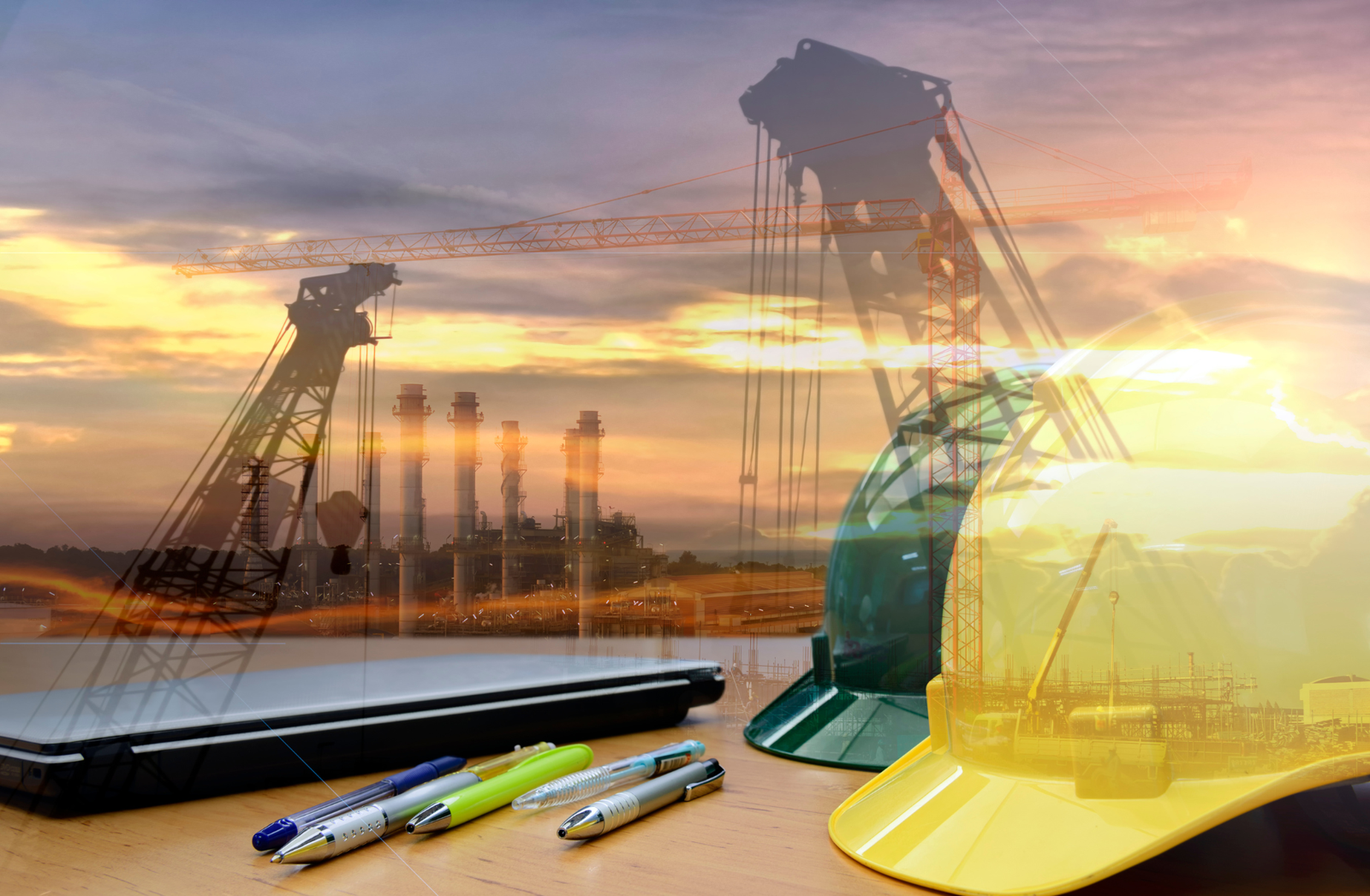
As temperatures rise, keeping buildings cool becomes a priority. Heat absorption in structures leads to discomfort, increased energy consumption, and higher cooling costs. Fortunately, choosing the right construction materials can significantly reduce heat retention, making indoor spaces cooler and more energy-efficient.
In this guide, we will explore the best materials to minimize heat absorption, including M-Sand and Fly Ash Bricks, which play a crucial role in heat-resistant construction.
1. Importance of Heat-Resistant Construction Materials
Using materials that reflect heat rather than absorb it can:
✅ Lower indoor temperatures naturally
✅ Reduce dependency on air conditioning
✅ Improve energy efficiency
✅ Enhance the lifespan of the structure
Now, let's look at the best materials that help reduce heat absorption in buildings.
2. Fly Ash Bricks: A Sustainable and Heat-Resistant Choice
Fly ash bricks are an excellent alternative to traditional clay bricks. They offer multiple advantages in reducing heat retention:
✅ Low Thermal Conductivity
Fly ash bricks absorb less heat compared to conventional red bricks, keeping interiors cooler.
✅ Lightweight & Strong
They provide better insulation while maintaining durability.
✅ Eco-Friendly
Made from industrial waste (fly ash), these bricks contribute to sustainable construction.
✅ Cost-Effective
Reduces construction costs while offering better heat resistance.
👉 Why Choose Fly Ash Bricks?
For areas experiencing high summer temperatures, fly ash bricks are a smart choice to prevent excessive heat buildup in walls.
3. M-Sand: Enhancing Heat-Resistant Construction
Manufactured Sand (M-Sand) is another material that improves building efficiency in hot climates.
✅ Uniform Particle Size for Better Insulation
M-Sand has consistent particle size, which helps in strong and compact construction, reducing air gaps that trap heat.
✅ Better Water Retention
Unlike river sand, M-Sand retains moisture longer, preventing surfaces from becoming excessively hot.
✅ Higher Strength and Durability
Provides a strong foundation while helping to regulate the temperature inside the building.
👉 Why Use M-Sand?
M-Sand is a high-quality alternative to river sand, offering stronger and more heat-resistant structures. It is free from impurities like silt and clay, ensuring better durability and lower water absorption.
With superior binding properties, M-Sand creates denser concrete and plastering, reducing heat pockets and improving thermal insulation in buildings. It is also eco-friendly, preventing riverbed depletion and supporting sustainable construction.
Additionally, M-Sand is cost-effective and readily available, making it an ideal choice for modern construction projects in hot climates.
4. Other Materials to Reduce Heat Absorption
Besides M-Sand and Fly Ash Bricks, consider using:
✅ Cool Roof Materials
Reflective tiles, white roofs, and metal sheets reduce heat absorption.
✅ Insulating Concrete Blocks
These blocks trap less heat and maintain a comfortable indoor temperature.
✅ High-Albedo Paints
Light-colored, reflective paints help walls and roofs stay cooler.
✅ Ventilated Wall Panels
Improve airflow and reduce indoor heat buildup.
5. Smart Design Techniques for Heat-Resistant Buildings
Apart from materials, consider strategic design choices:
🏡 Orient your building to avoid direct sunlight exposure.
🌳 Use landscaping elements (trees, green walls) for natural shading.
🏢 Ensure proper ventilation with wide windows and cross-ventilation.
Conclusion: Build Smart, Stay Cool!
Reducing heat absorption in buildings is not just about comfort but also about sustainability and cost savings. By using Fly Ash Bricks and M-Sand, along with other heat-resistant materials, you can ensure a cooler, more energy-efficient home or office.
🚧 Looking for high-quality M-Sand and Fly Ash Bricks in Udaipur? Raj Mineral provides the best materials for durable, heat-resistant buildings. Upgrade your construction with sustainable materials today!






Write a comment ...